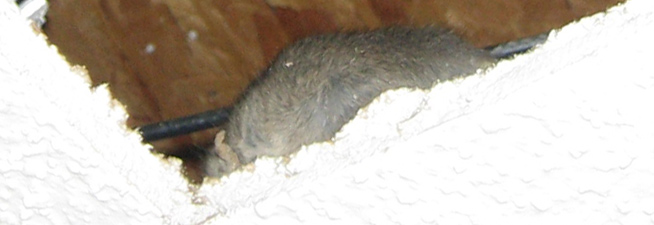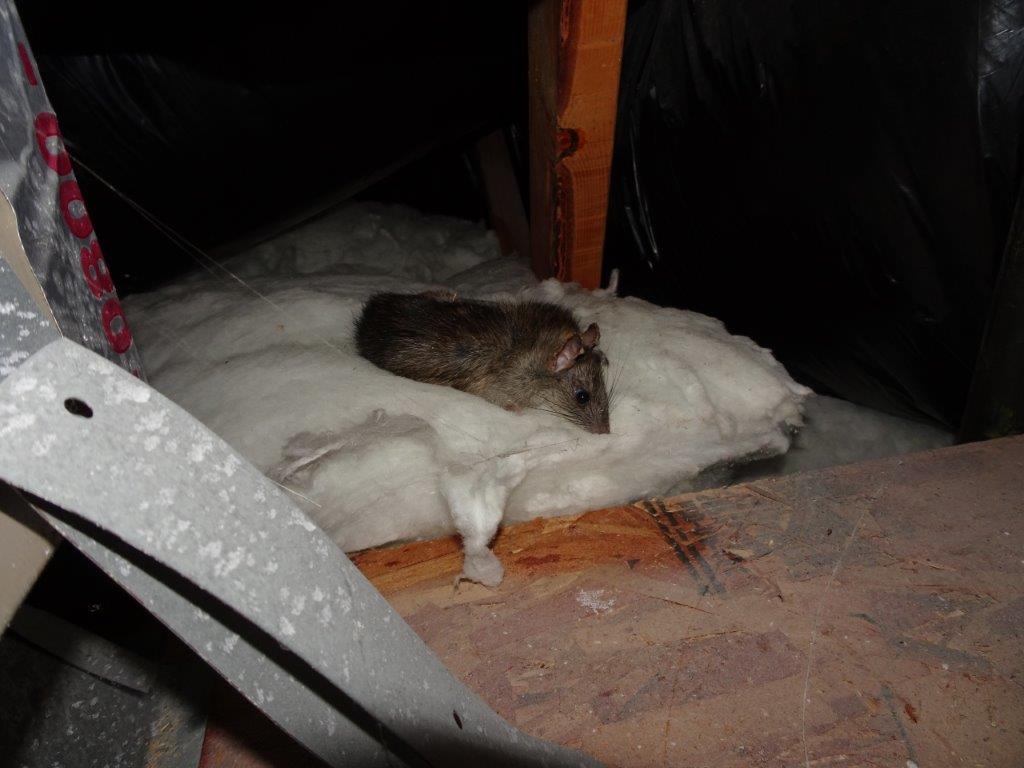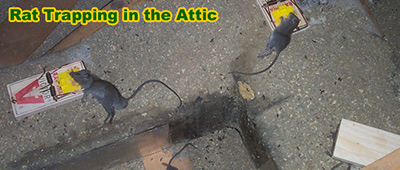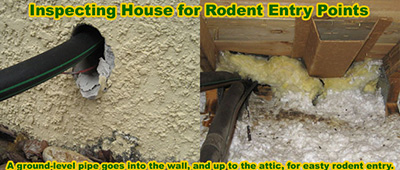Need professional rat help? What does it cost? Go to the home page
Rats will chew through practically any material that they come up against, apart from super strong metals such as steels. This means that most of your home is subject to threat of attack from these rodents, and is also why regular maintenance and inspections of your property is important.
It is when the weather gets colder that these rodents start to run inside - around autumn time - and it is before then that you will want to make sure you do your most in-depth inspection. You should look for any signs of damage on the exterior of your home, and when repairing these damage spots, make sure that you use only the most durable of materials. Things like plastics and wood are pointless, and rats can even chew through brick and concrete with some persistence. Their teeth never stop growing, you see, and that's why they chew and gnaw all the time. That's why very few materials are strong enough to keep rats out, and why you will need to do your research to ensure you get them out and keep them out. You should try using things such as galvanized steel flashing, or cement that has been properly cured. Hardware cloth can also work, as can steel reinforced caulks.
Learn more: What do rats sound like?
If you ignore only the slightest weak spot in or around your home, rats will be able to hunt it down. They might not be able to see very well, only about three or four feet in range, but they have a very excellent sense of smell, and they use this, combined with their sensing-out of airways, to break through weak areas of your home in order to gain access. If they want in, they'll in, and you'll need to be smarter than they are to get them out and then keep them out.
Go back to the Rats in the Attic home page.

Rats belong to a group of rodents that have evolved over millions of years. These animals have adapted their bodies to adverse circumstances, especially their jaws and skulls. Thus, we see this through rodents like the guinea pig, which specializes in chewing, and the squirrel, which is an expert in gnawing. However, rats have the ability to gnaw and chew.
Could they chew their way through our ceiling?
Rats are considered to be the most powerful biters. Consequently, they are capable of destroying or damaging surfaces of all types, including roofs. Their large incisor teeth are used for gnawing. Molars and premolars are the ones they use for chewing. Rats are so destructive that they can cause serious damage to the facilities in and around homes.
Similarly, with their bottom teeth, which grow incessantly, rats must gnaw constantly to sharpen and wear them out. This is why they keep destroying hard surfaces such as floors, walls, and ceilings. That power in their bite is due to their mandible muscles, which allow them to chew and gnaw better than other rodents. So, for rats, there is no surface or material that can resist being damaged. Because of this, you'll have to take the necessary precautions.
How do we prevent rat damage to our properties?
Because rats' incisor teeth are subtly curved toward their mouths, it allows them to gnaw at surfaces with edges or textures, tearing through almost any material. However, it prevents them from gnawing at smooth, flat, resistant surfaces. In this sense, to prevent these little animals from entering our homes, cracks or holes should be sealed with strong materials like cement or metal elements.
Also, on the outside of houses or buildings, the spaces near the bases should be left protected with tiles or cement, as rats can dig their way in through the ground. Likewise, in the case of having access gates to the house, metal sheets should be placed in the lower parts of the gates to prevent them from gnawing and getting in.
Let's take care of our spaces and avoid rodents
It is important to take into consideration the recommendations of experts regarding the use of strong and resistant materials in order to avoid the infestation of rats in our homes. These animals are very difficult to catch and cause a lot of damage to our properties. Let's look at the following tips:
- In buildings with double wooden walls with insulating elements, a good finish must be made in the construction. Rats are attracted to these places and when they enter, they destroy the insulation.
- In houses where the walls are made of corrugated metal sheets, the lower part must be blocked with metal or cement, to ensure that rats do not enter through the edge which is normally unprotected.
- In facilities where there are air extractors or ventilation inlets, it is a good idea to protect them or to place a metal mesh less than 6 millimeters in diameter, to prevent the entry of rodents.








